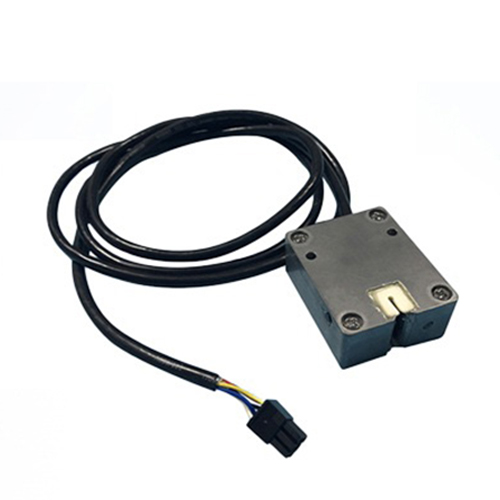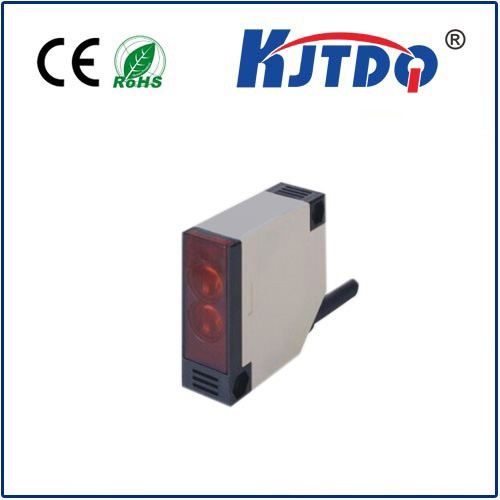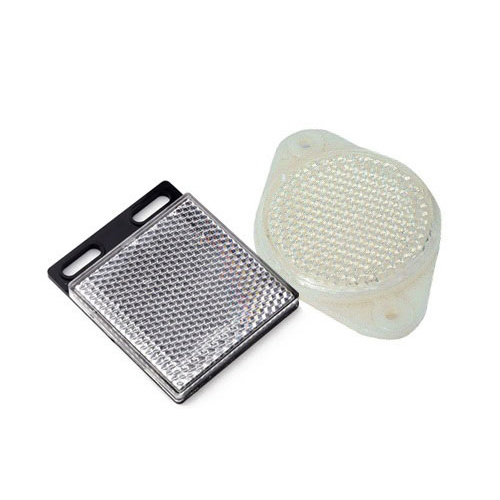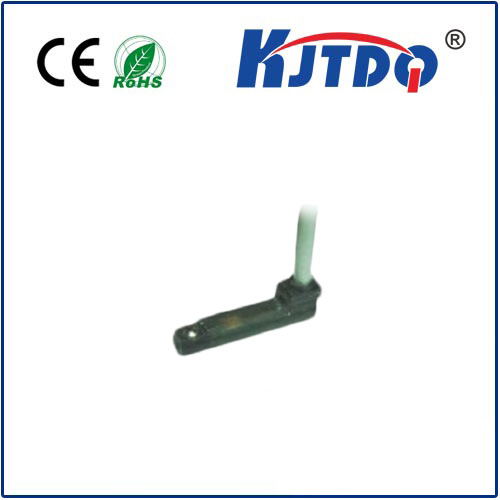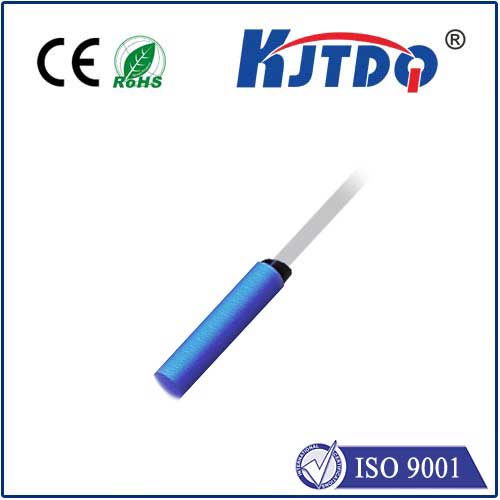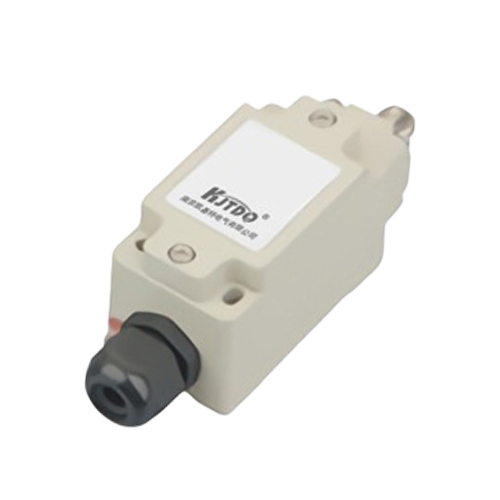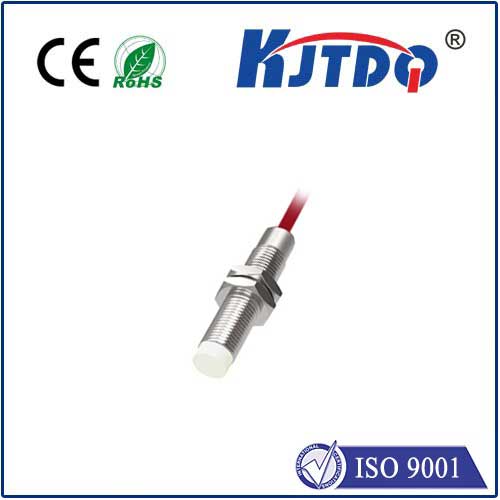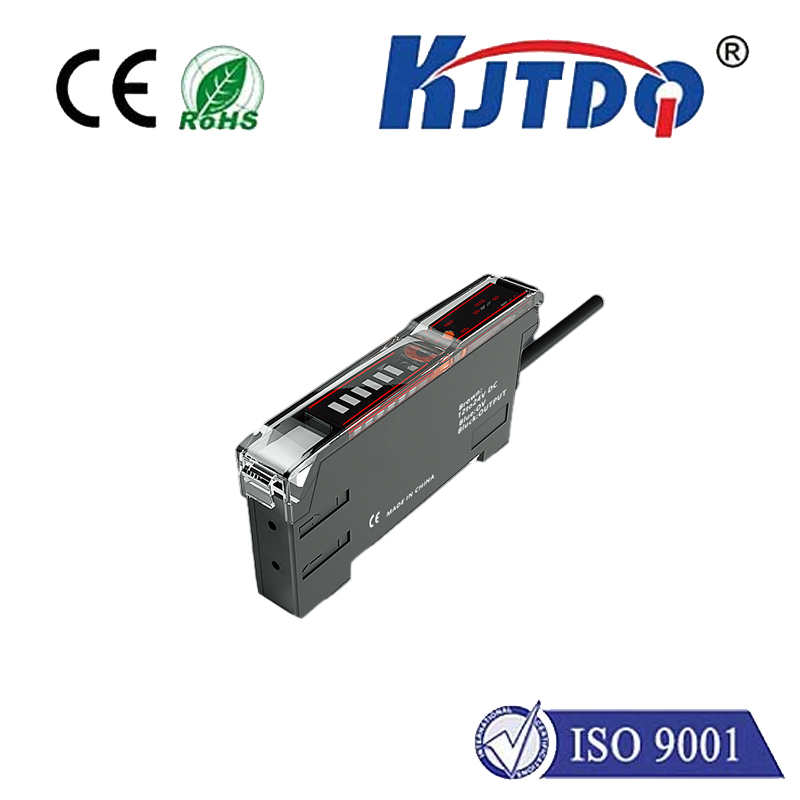laser fork sensor
- time:2025-08-28 00:47:48
- Click:0
Laser Fork Sensors: Revolutionizing Non-Contact Object Detection in Automation
Imagine a high-speed bottling line where every container must be perfectly positioned for filling and capping. A single misaligned bottle could cause costly jams, spills, or even equipment damage. Traditional sensors might struggle with glossy surfaces, varying colors, or environmental dust and moisture. This is where the laser fork sensor becomes an indispensable tool for modern automation, offering unparalleled precision and reliability in non-contact detection.
Understanding the Laser Fork Sensor
At its core, a laser fork sensor is a type of photoelectric sensor featuring a U-shaped (“forked”) housing. Integrated within one arm is a focused laser light source, while the opposite arm houses a highly sensitive laser light receiver. The key principle is straightforward yet powerful: the sensor detects whether the laser beam emitted from one fork tine has been interrupted by an object passing through the gap before reaching the receiver on the other tine.

This design offers significant advantages over diffuse reflective sensors (which rely on light bouncing off a target) or through-beam sensors with separate emitter and receiver units:
- Guaranteed Alignment: The fixed geometry of the fork ensures perfect optical alignment between the laser emitter and receiver. There’s no risk of misalignment during installation or operation due to vibration, eliminating a common failure point.
- Pinpoint Precision: Laser light provides an extremely narrow, focused beam. This allows for detecting very small objects or precisely determining the edge position of larger objects with resolutions often down to tenths of a millimeter. This high precision is crucial for tasks like part verification, edge guiding, or presence detection of tiny components.
- Unmatched Reliability & Speed: Laser fork sensors boast exceptionally fast response times, often in the microsecond range. This makes them ideal for high-speed production lines where rapid object counting or triggering is essential. Their inherent stability ensures consistent operation.
- Superior Immunity to Interference: Unlike sensors using visible or infrared LEDs, the coherent nature of laser light makes them highly immune to ambient light interference from factory lighting or sunlight. They also excel in environments with dust or light mist, where diffuse sensors might give false signals.
- Simplified Installation: The self-contained, single-unit design drastically simplifies installation. There’s no need for tedious alignment of separate emitter and receiver components across a conveyor or machine frame. Simply mount the fork sensor where the object path crosses.
Where Laser Fork Sensors Excel: Key Applications
The unique blend of precision, speed, and reliability makes laser fork sensors the go-to solution across numerous demanding industries:
- Packaging & Labeling: Ensuring precise positioning of bottles, cans, or boxes before filling, capping, or labeling. Detecting the presence or absence of labels, caps, or products themselves with high reliability.
- Material Handling & Logistics: Accurate counting of products moving rapidly on conveyors. Verifying object presence or position within chutes, elevators, or sorting systems. Monitoring fill levels in transparent containers.
- Electronics & Semiconductor Manufacturing: Detecting the presence and alignment of exceptionally small, delicate components like circuit boards, chips, or connectors on feeders and placement machines. Ensuring precision in handling fragile parts.
- Food & Beverage Processing: Suitable for clean environments, they detect presence, position, and orientation of containers, lids, and products on high-speed lines, tolerating splashes in washdown areas (models with appropriate IP ratings).
- Printing & Converting: Edge guiding paper, film, or foil webs with extreme accuracy. Detecting marks, notches, or perforations for precise cutting or registration control.
- Automotive Assembly: Verifying part presence, orientation, and correct assembly sequences at various stages, especially where small components or tight tolerances are involved.
Choosing the Right Laser Fork Sensor
While powerful, selecting the optimal laser fork sensor requires considering several factors:
- Fork Size (Beam Gap & Height): Must physically accommodate the object path. Consider the smallest object and the required clearance.
- Object Size & Detection Accuracy: Determine the minimum detectable object size and the required positional accuracy for your application.
- Response Time & Switching Frequency: Ensure the sensor’s response time matches the speed of the objects passing through it.
- Environmental Conditions: Evaluate exposure to dust, moisture, chemicals, or temperature extremes. Look for appropriate IP (Ingress Protection) ratings (e.g., IP67).
- Output Type & Connection: Choose between PNP/NPN switching outputs, analog outputs (for distance measurement variants), or IO-Link connectivity based on your control system requirements.
- Laser Class: Most industrial laser fork sensors are Class 1 or Class 2 lasers, safe under normal operating conditions.
Embrace Precision, Drive Efficiency
From ensuring every bottle is perfectly capped to verifying the presence of microscopic electronic components, laser fork sensors deliver consistent, reliable detection where other technologies falter. Their unique combination of fixed alignment pinpoint accuracy inherent immunity to common interference factors and microsecond-speed response makes them a cornerstone technology for achieving high throughput, minimizing errors, and maximizing uptime in today’s competitive automated environments. For automation engineers seeking robust, high-precision detection, the laser fork sensor offers a compelling solution.






